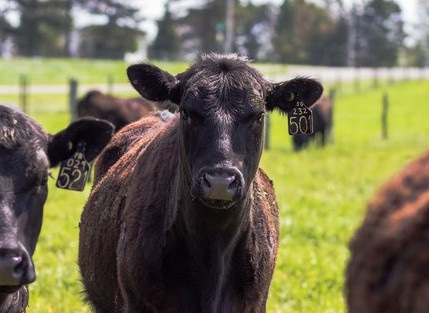Memorandum with USDA sets new requirements for area of state affected by bovine TB.
February 14, 2020

The Michigan Department of Agriculture & Rural Development (MDARD) and the Michigan Department of Natural Resources (DNR) recently signed a new memorandum of understanding (MOU) with Veterinary Services of the U.S. Department of Agriculture's Animal & Plant Health Inspection Service regarding the presence and control of bovine tuberculosis (TB) in the northeastern part of the state's lower peninsula.
MDARD said the most recent MOU sets new requirements and procedures for some counties in that area, and because implementation of the MOU requires a new zoning order, MDARD and the DNR will hold public meetings in that region to explain the changes, answer questions and accept comments. In addition, MDARD will be accepting public comments until 3 p.m. on March 31.
MDARD said the following are some notable changes:
Presque Isle County will remain part of the accredited free zone; however, producers in that county will be required to meet requirements similar to those in the modifiedaccredited zone (MAZ), such as secondary identification tags, annual herd testing, movement testing and movement certificates.
Buffer counties (Cheboygan, Crawford, Iosco, Ogemaw, Otsego, Roscommon) that surround the MAZ will have new surveillance requirements, as well as requirements for increased surveillance of free-ranging deer.
Counties currently in the MAZ (Alcona, Alpena, Montmorency, Oscoda) will see a minor change in movement testing requirements.
MAZ boundaries will remain the same, and Michigan will retain its split-state TB status.
Cheboygan and Otsego counties will discontinue the Wildlife Risk Mitigation verification program in order to reallocate resources to the additional required surveillance testing. Producers in these counties are encouraged to continue risk mitigation activities on their farms.
This proposed order applies to people who own cattle or bison herds, MDARD said. All affected producers will be receiving letters that provide more details. Requirements and timelines will vary and will be outlined in the producer letters and in the draft zoning order.
More information on the public meetings, which will include presentations, a panel discussion with a question/answer period and an opportunity for the public to submit comments for the record, is available on the MDARD website.
MDARD said the proposed zoning order was submitted to the Michigan Commission of Agriculture & Rural Development for review during its Jan. 22 meeting. The order will also be discussed at the commission's next scheduled meeting on March 25. The new zoning order is proposed to go into effect on April 1, 2020, upon final approval by the MDARD director.
You May Also Like


.png?width=300&auto=webp&quality=80&disable=upscale)
